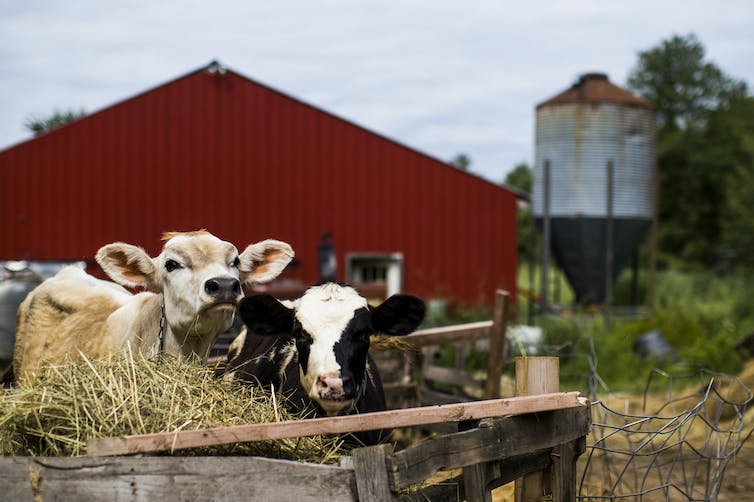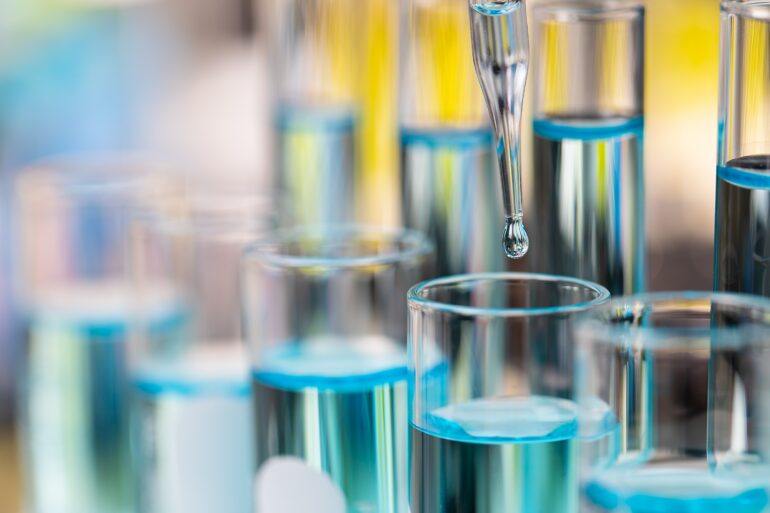PFAS chemicals seemed like a good idea at first. As Teflon, they made pots easier to clean starting in the 1940s. They made jackets waterproof and carpets stain-resistant. Food wrappers, firefighting foam, even makeup seemed better with perfluoroalkyl and polyfluoroalkyl substances.
Then tests started detecting PFAS in people’s blood.
Today, PFAS are pervasive in soil, dust and drinking water around the world. Studies suggest they’re in 98% of Americans’ bodies, where they’ve been associated with health problems including thyroid disease, liver damage and kidney and testicular cancer. There are now over 9,000 types of PFAS. They’re often referred to as “forever chemicals” because the same properties that make them so useful also ensure they don’t break down in nature.
Scientists are working on methods to capture these synthetic chemicals and destroy them, but it isn’t simple.
The latest breakthrough, published Aug. 18, 2022, in the journal Science, shows how one class of PFAS can be broken down into mostly harmless components using sodium hydroxide, or lye, an inexpensive compound used in soap. It isn’t an immediate solution to this vast problem, but it offers new insight.
Biochemist A. Daniel Jones and soil scientist Hui Li work on PFAS solutions at the Michigan State University and explained the promising PFAS destruction techniques being tested today.
How do PFAS get from everyday products into water, soil and eventually humans?
There are two main exposure pathways for PFAS to get into humans – drinking water and food consumption.
PFAS can get into soil through land application of biosolids, that is, sludge from wastewater treatment, and can they leach out from landfills. If contaminated biosolids are applied to farm fields as fertilizer, PFAS can get into water and into crops and vegetables.
For example, livestock can consume PFAS through the crops they eat and water they drink. There have been cases reported in Michigan, Maine and New Mexico of elevated levels of PFAS in beef and in dairy cows. How big the potential risk is to humans is still largely unknown.

Cows were found with high levels of PFAS at a farm in Maine.
Adam Glanzman/Bloomberg via Getty Images
Scientists in our group at Michigan State University are working on materials added to soil that could prevent plants from taking up PFAS, but it would leave PFAS in the soil.
The problem is that these chemicals are everywhere, and there is no natural process in water or soil that breaks them down. Many consumer products are loaded with PFAS, including makeup, dental floss, guitar strings and ski wax.
How are remediation projects removing PFAS contamination now?
Methods exist for filtering them out of water. The chemicals will stick to activated carbon, for example. But these methods are expensive for large-scale projects, and you still have to get rid of the chemicals.
For example, near a former…
